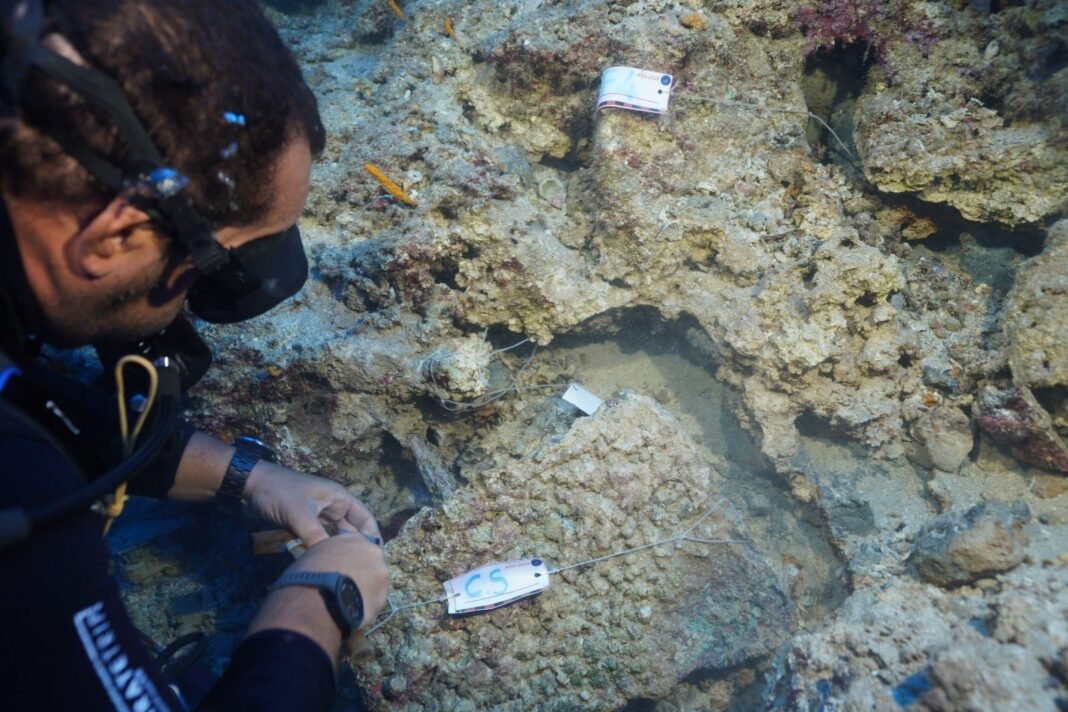
Mark Zuckerberg’s $300 million superyacht Launchpad burned more than 528,000 gallons (2 million liters) of diesel in nine months, releasing over 5,300 tons of carbon emissions, before docking this week at France’s La Ciotat shipyard for maintenance.
Meta CEO Mark Zuckerberg has faced growing criticism over the environmental impact of his 387-foot Feadship superyacht as it toured destinations from the South Pacific to Europe. It will now undergo servicing at one of the world’s top superyacht facilities, the same yard that previously handled Jeff Bezos’ yacht Koru.
Months of travel draw scrutiny
The yacht’s journey has drawn attention not only for its opulence but also for its extensive mileage. In January, Luxurylaunches reported that Launchpad and its $30 million support vessel Abeona spent almost two months awaiting Zuckerberg’s arrival in the South Pacific.
He never boarded, and the two vessels returned to Port Everglades, completing a 9,600‑nautical‑mile round trip from San Francisco — a voyage that consumed an estimated 178,700 gallons (676,800 liters) of diesel.
Stops in Norway and Greece
By April, the yacht began a new series of voyages with Zuckerberg, his wife Priscilla Chan, and their children, visiting remote destinations worldwide. The first leg included a 5,280‑mile trans‑Atlantic journey to Norway, where the vessel anchored in the fjords as a base for heliskiing.
Zuckerberg arrived via helicopter directly onto the yacht’s helipad to comply with Norwegian landing rules. Despite backlash from locals over the yacht’s presence, the family continued their travels across Europe.
Mark Zuckerberg’s $300 million superyacht docked in San Diego. pic.twitter.com/IwR5k5Uxc6
— Seth Hettena (@seth_hettena) October 21, 2024
The summer itinerary later took them to Greece, where Facebook executives joined to celebrate Zuckerberg’s 40th birthday aboard the vessel. Designed by Espen Øino, Launchpad features four decks, accommodations for 26 guests in 13 cabins, and a crew of 42. The yacht’s design reflects modern luxury, but its carbon footprint has raised questions among environmental observers.
Carbon emissions spark environmental debate
Data from The Yacht CO₂ Tracker Collective reveals the scale of its impact. The yacht emitted 6.2 tons of CO₂ while burning almost 630 gallons (2,394 liters) of fuel during just four days of sailing between Positano and Naples. It has consumed over 528,000 gallons (2 million liters) of fuel since October 2024, releasing more than 5,300 tons of CO₂.
Mark Zuckerberg’s $300 million+ superyacht, Launchpad, is a glaring symbol of hypocrisy, given his public advocacy for climate action and sustainability. Here’s how his luxury vessel contradicts his own messaging:
1. Carbon Footprint of the Yacht
– Fuel Consumption: Superyachts… pic.twitter.com/B7fbYRQulx— Camus (@newstart_2024) August 2, 2025
Engines and fuel use
Launchpad is powered by four MTU 20V 4000 M93L diesel engines, each using about 291 gallons (1,101 liters) of fuel per hour. Combined, they allow a top speed of 24 knots and draw from a fuel tank that holds 112,000 gallons (423,700 liters) of diesel.
$Meta Founder Mark Zuckerberg $300M super Yacht @ the capital yacht city of the world 🌎
The billionaire Meta Platforms CEO reportedly purchased the 287-foot vessel with the name Launchpad
Superyacht Times pegged its gross tonnage at about 5,000. It can reportedly sail as… pic.twitter.com/QXK87Dv2EA
— Mark Andrew (@markyu81828) March 30, 2024
Reports note that the yacht burns approximately 1,165 gallons (4,410 liters) of fuel per hour during standard cruising, releasing around 40 tons of CO₂, equivalent to the emissions of 630 average family cars.
In broader terms, one hour of cruising equals the carbon output of driving a gasoline car about 99,000 miles, or four trips around the Earth.
With the vessel now docked for service in France, the respite may be for the yacht itself, even as scrutiny over the environmental cost of such luxury travel continues to grow.


